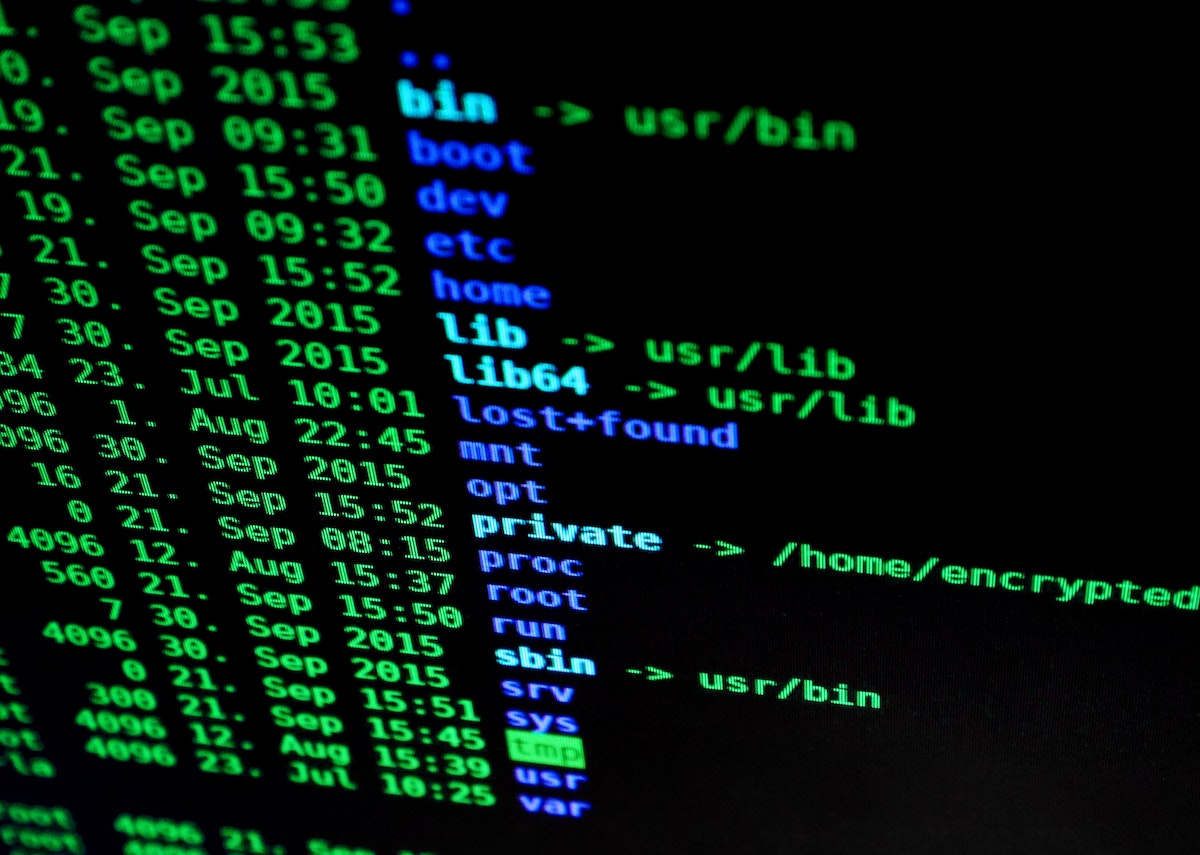Insider Threat- What Is It And How Can It Affect Your Organization?
Share
An insider threat can be defined in the simplest of terms as a security threat that originates from within the target organization or an enterprise. The threat could come from an employee or officer in the organization and it is not even necessary that the employee or stakeholder is currently part of the organization. A former board member, employee, or anyone who had access to confidential information related to an organization at some point could turn into an insider threat.
In addition to former employees and board members, business associates, contractors, and third-party entities that have knowledge about the access to protected networks or databases and have knowledge about the organization’s security practices could fall into the list of insider threats. Most of the traditional security measures in place generally focus on warding off attackers who make use of the traditional hacking methods and denying access to unauthorized networks of outside entities. However, they often fail to recognize and prevent insider threats.
Insider Threat Types
The motive behind insider threats can be many. Some people may gain access to sensitive information and use it for their financial or personal gain. In some cases, insiders may be acting on behalf of third parties or hackers by gaining access to proprietary information and sharing it with the parties they are associated with.
Logic Bomb is a type of insider threat in which former employees leave malicious software running on computer systems that is potent enough to cause problems that range between mild annoyance to total disaster. However, understand that all of the insider threats are not intentional. It could be unintentional as well.
Individuals who are not actual employees of an organization but gains insider access using false credentials are also termed as insider threats.
Detection Of Insider Threat Is Often Quite Tricky
When compared to outside attacks, the ease of detecting and preventing inside attacks is low. Take for instance a former employee who is trying to use an authorized login and a complete outsider who is trying to gain access to the company’s network. The former situation will not raise the same security flags as the latter. This is the reason why insider threats are most often detected only after major damage is done.
The starting point of individual threats is people or entities being granted authorized access to sensitive data or the company’s network areas. The company grants access to enable individuals to perform their duties well. However, the problem arises when an individual decides to use this access in some other ways that the company finds unacceptable. When the employees use their privilege with malicious intent, they become an insider threat.
Various other factors complicate the detection of insider threats. Individuals who have authorized access would be knowing in advance about certain security measures that are in place and use this knowledge in order to avoid being detected. As they are already operating inside the organization’s network, insider threats do not have to get through the firewalls or similar network-based security measures. Finally, many organizations lack visibility of data activity and user access that is very important when it comes to detecting and defending against insider threats.
Insider Threats Are Everywhere
Insider threats are everywhere and no organization is completely immune to them. The National Counterintelligence and Security Center points out that the most damaging counterintelligence failures were the result of attacks from a trusted insider with malicious intent.
Warning signs would often be present but may go unreported for years because the colleagues of the individuals find it difficult to believe someone close to them is involved in treason. In most cases, the insiders convicted of treason would be engaged in malicious activity for some years, thereby causing serious security risks in the country.
It is the case with insider threats in organizations that are both big and small. The foundation of businesses is its employees who all work towards a common goal. Teams are built on trust and willingness to support one another making it quite difficult to suspect a member getting involved in malicious acts even if there are enough warning signs. Overcoming all of these challenges and addressing insider threats is crucial to modern security programs.




